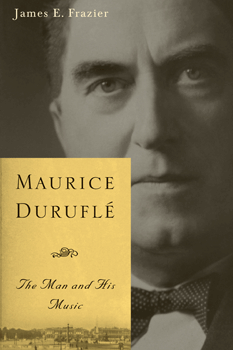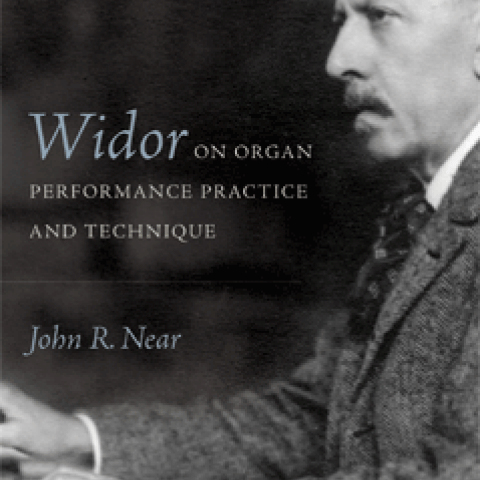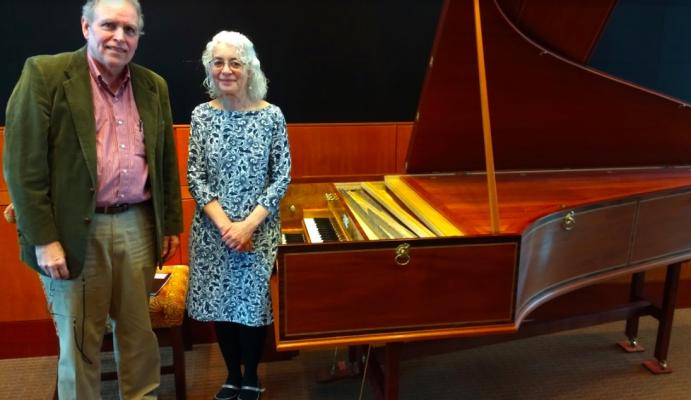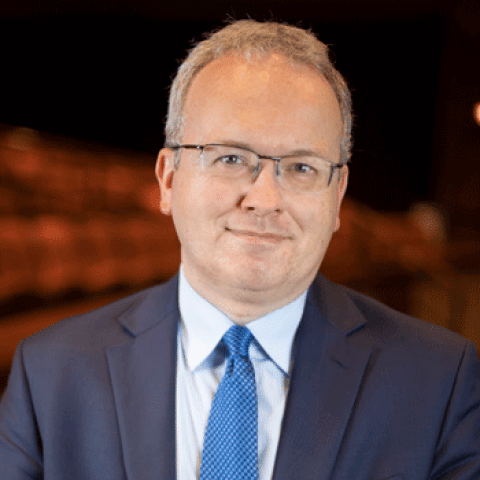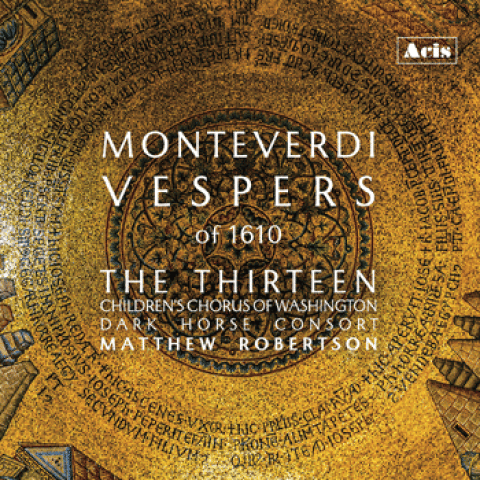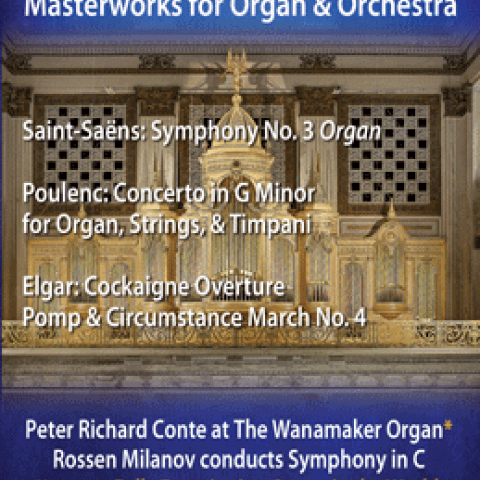The Cambridge Companion to the Harpsichord
One of the exciting events of 2019 has been receiving my copies of both hardback and paperback editions of this 388-page compendium, a decade in the making. The softbound edition is priced at $29.99 (ISBN 978-1-316-60970-5); hardbound is listed at $105 (ISBN 978-1-107-15607-4).
Efficiently and carefully guided by editor Mark Kroll, this hefty tome is the tenth addition to the Cambridge University Press solo instrumental series, joining earlier books about cello, clarinet, guitar, organ, piano, recorder, saxophone, singing, and violin. Also in the “Cambridge Companions to Music Series” are 25 “Topics” individual volumes (from ballet to twentieth-century opera) and 34 individual single-volume studies devoted to composers (from Bach to Verdi).
Seventeen essays “written by fourteen leading experts in the field . . . cover almost every aspect of the harpsichord,” states Editor Kroll in his introductory comments. Here is the list of chapters contributed by an international group of authors:
• History and Construction of the Harpsichord (John Koster)
• The Virginalists (Pieter Dirksen)
• England (Andrew Wooley)
• The Netherlands and Northern Germany (Ton Koopman)
• Southern Germany and the Austro-Hungarian Empire to 1750 (P. Dirksen)
• France (Mark Kroll)
• Italy (Rebecca Cypess)
• Portugal (João Pedro d’Alvarenga)
• Spain (Agueda Pedrero-Encabo)
• Domenico Scarlatti in Portugal and Spain (João Pedro d’Alvarenga and Agueda Pedrero-Encabo)
• Russia (Marina Ritzarev)
• The Northern and Baltic Countries (Anna Maria McElwain)
• The Harpsichord in Colonial Spanish and Portuguese America (Pedro Persone)
• Bach, Handel, and the Harpsichord (Robert L. Marshall)
• The Harpsichord in Ensemble (Mark Kroll)
• Contemporary Harpsichord Music (Larry Palmer)
• Tuning and Temperament (Paul Poletti)
Replica of George Washington’s harpsichord returns its sound to Mount Vernon
A much appreciated news item that I had not otherwise seen arrived in my mailbox at the end of January, courtesy of James Bakner, a longtime friend first met as a church member at St. Luke’s Lutheran Church in Richardson, Texas, my last part-time church music appointment. I am finally sharing this information with our readers, many of whom, I suspect, may be as surprised as I was!
A Google search (“harpsichord at Mount Vernon”) brought up multiple items of interest, not the least of which was that the first president of the United States was an avid music lover who has been quoted as saying, “Nothing is more agreeable, and ornamental, than good music!” I knew that Thomas Jefferson was an avid supporter of music, but I had never read the acclimation from his venerable colleague.
The harpsichord that Washington purchased was acquired in 1793 for his step-granddaughter Eleanor (Nelly) Parke Custis, then 14 years of age, who frequently played it for guests. The instrument, built by the London firm of Longman and Broderip, was a particularly interesting one of grand proportions. Here is its specification as found in Donald H. Boalch’s Makers of the Harpsichord and Clavichord 1440–1840, as it appears in the third edition, edited by Charles Mould (Oxford University Press, 1995):
Two-manual harpsichord; owned by The Mount Vernon Ladies’ Association of the Union, Mount Vernon, Virginia, USA . . . . Serial Number 735 stamped on the wrestplank. Specification: I: 2x8′, 1x4′; II: 1x8′, Lute. Additional Features: 6 hand stops (one a dummy), machine, Venetian swell, music desk, dogleg, 2 pedals. Compass: FF–f3 Keyboard: white naturals, black sharps. Scale: 325 mm. Length: 2343 mm. Width: 955 mm. Depth: 345 mm . . . . It was the final piece of original furniture to be restored to Mount Vernon.
This large instrument was originally delivered to the presidential dwelling in Philadelphia and later moved (with the ex-president’s family) to Virginia. The specification shows a number of additions to an instrument that was struggling to match some of the dynamic possibilities of the new and very popular fortepiano.
The original harpsichord, unplayable for many years, was found to be deteriorating even more quickly than had been noticed previously, and it was moved to a climate-controlled facility (which Mt. Vernon is not). Because of this and the resulting empty spot among the small parlor’s furnishings at the iconic mansion, John R. Watson, curator emeritus of musical instruments for Colonial Williamsburg, was commissioned to create as exact a replica as possible of the original instrument, one to be heard as well as seen.
Among the first artists to perform period music on the meticulously crafted new harpsichord was Temple University harpsichord professor Joyce Lindorff. Among the items that appeared during my Google search were sound tracks of her playing, as well as a video documenting various stages of the replication during Watson’s lengthy work to achieve his result.
In this year of celebrating music at Mount Vernon one of the scheduled events is a harpsichord symposium August 2–3. The cost is $250 for the program of lectures, concerts, and meals. The venue is the Robert H. and Clarice Smith Auditorium at George Washington’s Mount Vernon, 3200 Mount Vernon Memorial Highway, Mount Vernon, Virginia.
Perhaps an assessment of the importance of the replica instrument should be left to John Watson: “What we have with the Mount Vernon harpsichord is a harpsichord that is different from any other surviving period harpsichord” (referring to its distinctive leather plectra, Venetian swell, and machine stop). . . . “And we’re able to hear that sound again without any impact at all on the original harpsichord. They did the best possible thing, which is to leave the original instrument as the historical document to guide the making of an accurate reproduction. We ended up with an instrument that’s more like the original harpsichord would have been when it was new, than the original one can ever be again.”
Photo caption: John Watson, Joyce Lindorff, and the replica harpsichord for Mount Vernon
